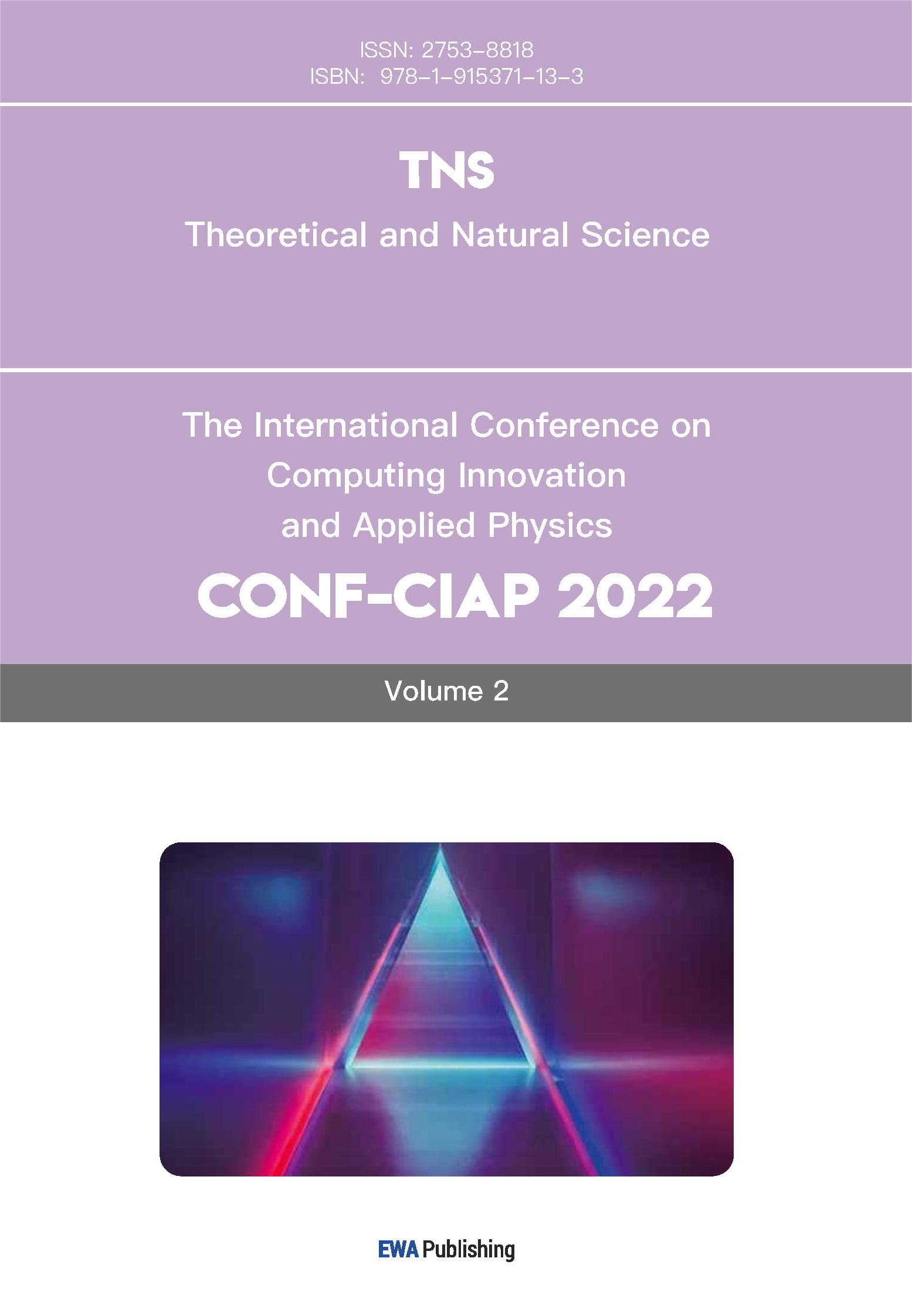References
[1]. Bohr T, Ashley G, Eggleston E, Firestone K, Bhalla N. Synaptonemal Complex Components Are Required for Meiotic Checkpoint Function in Caenorhabditis elegans. Genetics 2016; 204(3): 987-97.
[2]. Pintard L, Bowerman B. Mitotic Cell Division in Caenorhabditis elegans. Genetics 2019; 211(1): 35-73.
[3]. Woodruff GC, Teterina AA. Degradation of the Repetitive Genomic Landscape in a Close Relative of Caenorhabditis elegans. Mol Biol Evol 2020; 37(9): 2549-67.
[4]. Özdemir I, Steiner FA. Transmission of chromatin states across generations in C. elegans. Seminars in Cell & Developmental Biology 2022; 127: 133-41.
[5]. Horton HH, Divekar NS, Wignall SM. Newfound features of meiotic chromosome organization that promote efficient congression and segregation in Caenorhabditis elegans. MOLECULAR BIOLOGY OF THE CELL 2022; 33(14).
[6]. Bahrami AK, Zhang Y. When females produce sperm: genetics of C. elegans hermaphrodite reproductive choice. G3 (Bethesda) 2013; 3(10): 1851-9.
[7]. Gordon SG, Rodriguez AA, Gu Y, Corbett KD, Lee CF, Rog O. The synaptonemal complex aligns meiotic chromosomes by wetting. Science Advances; 11(9): eadt5675.
[8]. Patel B, Grobler M, Herrera A, Logari E, Ortiz V, Bhalla N. The conserved ATPase PCH-2 controls the number and distribution of crossovers by antagonizing their formation in Caenorhabditis elegans. eLife 2025; 13: RP102409.
[9]. Connolly AA, Sugioka K, Chuang CH, Lowry JB, Bowerman B. KLP-7 acts through the Ndc80 complex to limit pole number in C. elegans oocyte meiotic spindle assembly. J Cell Biol 2015; 210(6): 917-32.
[10]. Bohr T, Nelson CR, Klee E, Bhalla N. Spindle assembly checkpoint proteins regulate and monitor meiotic synapsis in C. elegans. Journal of Cell Biology 2015; 211(2): 233-42.
[11]. Chen SY, Cheng PW, Peng HF, Wu JC. C. elegans spermatocyte divisions show a weak spindle checkpoint response. JOURNAL OF CELL SCIENCE 2024; 137(6).



